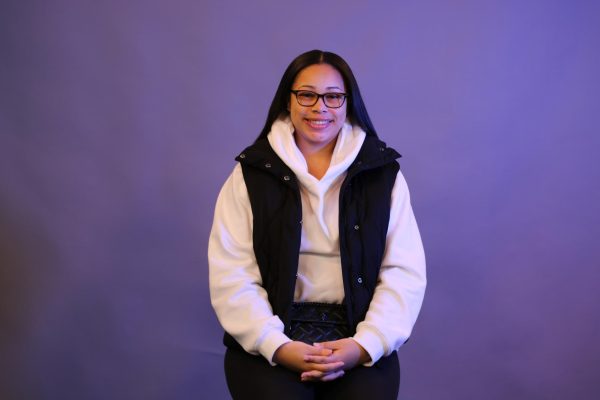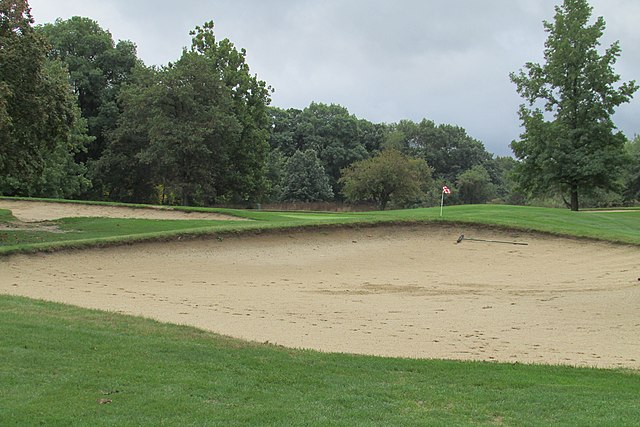Though Forest Park is known for its well established ruban park and outdoor recreation, there is surprisingly a lot to be said about its sports history, particularly the story behind its golfing history.
The park is massive, covering 1.326 acres of land which opened in 1876. The park hosted several historical events such as the 1904 Summer Olympics and the Louisiana Purchase Exposition of 1904. The Park received its name because the majority of the land was considered to be virgin forest until around 1975 when the park became a part of the city.
In 1887, the Amateur Association was formed. The formation of this association led to several extra additions to the park including a nine-hole golf course. Something to keep in mind is that the parks themselves were not officially legally segregated but functioned with a type of social segregation.
In 1922, there were a total of four African-American golfers in St. Louis, including Floyd Hall Jr. who wrote, “The boyds in the Park: A History of Black Golf in Forest Park and Across the Metropolitan Region.”
In the hopes of satisfying the “separate but equal” politics while also paying attention to the Black golfers, Circuit Judge Moses Hartmann established rules stating that the Black golfers could have access to the course but only on Monday mornings.
It wasn’t until after World War II that segregation of the Park’s facilities ended, including the tennis courts and golf courses.
Imagine living in a time where you were only allowed to have access to the recreational sport that you love by decree of a judge. In his book, Hall mentions that for the first couple years, none of the Black golfers even came to play, and they protested to have the chance to play on different days with extended time.
However, with the realization that nothing was going to change any time soon, they accepted their fate and soon enough there were players who would come to the course every Monday morning to play with the time they had been given.
Luckily enough for them, their patience benefited them in the long run. In 1931, the paramount Golf Club became an organization and was one of the very first Black golf clubs west of the Mississippi.
The club’s success increased greatly during this time in spite of The Great Depression’s expanising bubble of misfortune which was growing over the country.
Hall also spoke about how the Paramount Club not only accommodate the goals set by the original golfers but additionally the goal of being able to actually play for something. The goal to go above and beyond despite their current situation.
The goal of playing for real opportunities, championships, and most importantly exposure. This club symbolized a chance for Black golfers during this time to surpass the standards the whites had set for them.
In addition to the racialized golf history of Forest Park, a similar legacy transpired on the tennis courts. Arthur Ashe, an American professional tennis player who won three Grand Slam singles, was among one of the tennis players who lived during this time. During Ashe’s time people of color found that while they could technically go into the park, it was not always safe for them.
Much like the golfers, the tennis players also had certain times where they could play and use the facilities the park had to offer. History teacher Dr. Daniel Glossenger said, “There were also other facilities that were always fully segregated. That often had more to do with the public’s perception of cleanliness or uncleanliness.”
The rules that were applied to the golf courses were the same for tennis players which is what created the demand for change, and this demand for change was one of the leading reasons that helped with desegregating the park in the long run.
Next time you take a trip to the park to simply go for a run or play golf, you should remember that it is a privilege. A privilege that was not always available to everyone.

